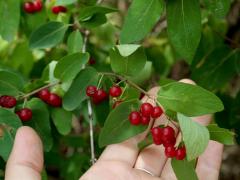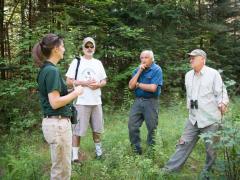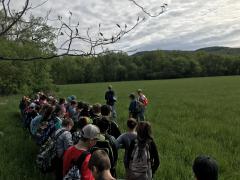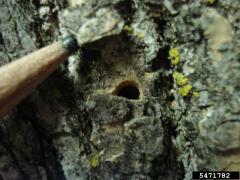Learn How to Spot Oak Wilt
Although you might think we already have our fair share of forest health issues to deal with here, it’s time for Vermont to start thinking about yet another forest disease on the horizon – oak wilt. Oak wilt affects the vascular systems of oak trees and is caused by the fungus Bretziella fagacearum (formerly Ceratocystis fagacearum). Although there is still debate on whether this fungus occurs naturally here in North America or has been introduced from elsewhere, one thing not up for debate is that this fungus is a tree killer.





